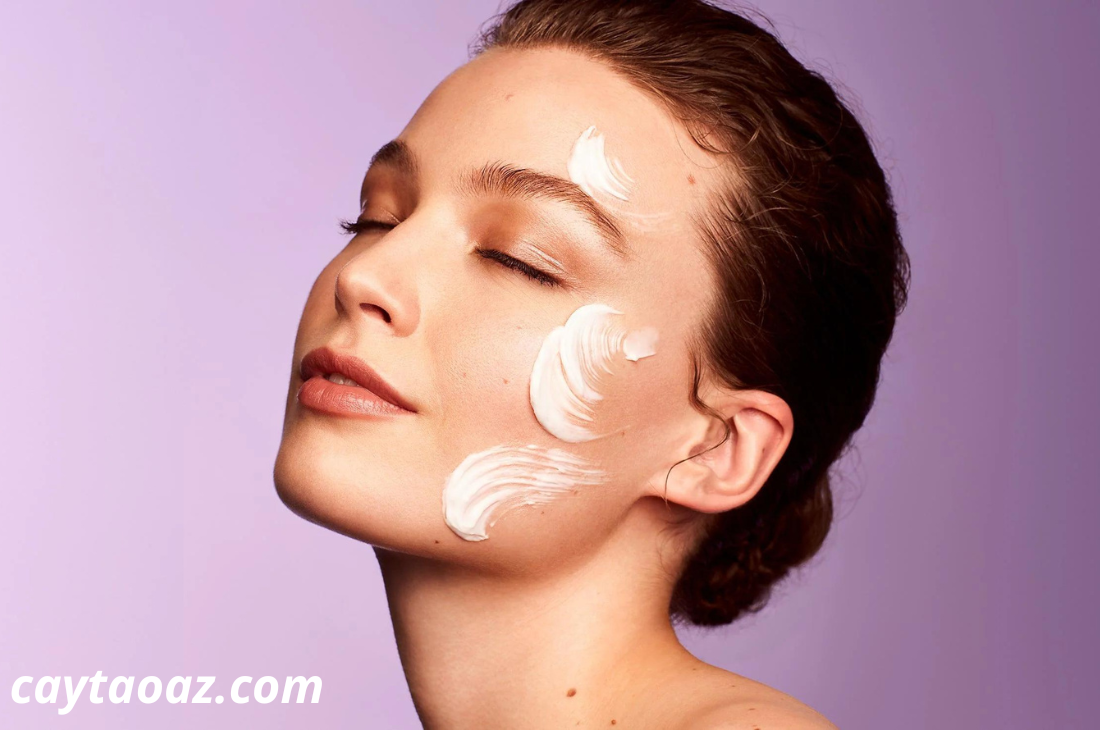
Sun protection is crucial for maintaining healthy skin and preventing damage from harmful UV rays. Effective sun protection strategies involve a combination of high-quality products and lifestyle habits designed to shield your skin from UV damage, reduce the risk of skin cancer, and prevent premature aging.
Key Takeaways
- Broad-Spectrum Sunscreens: Essential for protecting against both UVA and UVB rays.
- Sun Protective Clothing: Offers physical barriers to UV exposure.
- Shade and Timing: Reducing sun exposure during peak hours can prevent damage.
- Antioxidants: Skincare products with antioxidants can help protect skin from UV-induced damage.
- Regular Skin Checks: Monitoring changes in your skin is important for early detection of potential issues.
Broad-Spectrum Sunscreens
Choosing the Right Sunscreen Broad-spectrum sunscreens protect against both UVA and UVB rays, which are responsible for skin aging and sunburn, respectively. Look for sunscreens with an SPF (Sun Protection Factor) of at least 30, which offers effective protection for everyday use.
Application Tips Apply sunscreen generously and evenly to all exposed skin at least 15 minutes before going outside. Reapply every two hours, or more frequently if swimming or sweating. Don’t forget areas like the ears, neck, and hands.
Sun Protective Clothing
Physical Barriers Sun protective clothing is designed with UV-blocking fabrics that provide an additional layer of defense against UV rays. Look for clothes labeled with a UPF (Ultraviolet Protection Factor) rating, which indicates the level of UV protection.
Accessories Hats with wide brims and UV-blocking sunglasses further protect sensitive areas like the face and eyes. Choose hats that cover the neck and ears, and sunglasses with 100% UV protection.
Shade and Timing
Avoiding Peak Sun Hours The sun’s rays are strongest between 10 a.m. and 4 p.m. To minimize UV exposure, seek shade during these hours, especially if you’re spending extended periods outdoors.
Using Shade Wisely While seeking shade, remember that UV rays can reflect off surfaces like water, sand, and concrete. Use umbrellas or canopies to create shade, and continue using sun protection even when in shaded areas.
Antioxidants
Protective Skincare Skincare products enriched with antioxidants, such as vitamins C and E, can help neutralize free radicals generated by UV exposure. These antioxidants help protect the skin from oxidative damage and support overall skin health.
Incorporating Antioxidants Look for serums, moisturizers, and sunscreens that include antioxidant ingredients. These products can complement your sun protection routine by offering additional defense against UV-related skin damage.
Regular Skin Checks
Monitoring Skin Changes Regularly check your skin for any new or changing moles, spots, or growths. Changes in size, shape, color, or texture of existing skin lesions should be evaluated by a dermatologist.
Professional Skin Exams Schedule annual skin exams with a dermatologist to detect any potential skin issues early. Early detection and treatment of skin conditions, including skin cancer, are crucial for effective management and recovery.
Conclusion
Effective sun protection involves a combination of using broad-spectrum sunscreens, wearing sun protective clothing, and minimizing sun exposure during peak hours. Incorporating antioxidants into your skincare routine can further protect against UV damage, while regular skin checks ensure early detection of any skin issues. By adopting these practices, you can maintain healthy skin, reduce the risk of sun-related damage, and enjoy outdoor activities with confidence.
FAQ
What is broad-spectrum sunscreen? Broad-spectrum sunscreen protects against both UVA and UVB rays. UVA rays cause skin aging and UVB rays cause sunburn. Look for products labeled “broad-spectrum” for comprehensive protection.
How often should I apply sunscreen? Apply sunscreen at least 15 minutes before going outside and reapply every two hours. If you’re swimming or sweating, reapply more frequently.
What does UPF mean in sun protective clothing? UPF stands for Ultraviolet Protection Factor, which indicates the level of UV protection provided by the fabric. Higher UPF ratings offer better protection.
Why are antioxidants important for sun protection? Antioxidants help neutralize free radicals generated by UV exposure, which can reduce oxidative damage and support overall skin health.
How can I check for skin changes? Regularly inspect your skin for any new or changing moles or spots. Look for changes in size, shape, color, or texture. Consult a dermatologist for any concerns or if you notice unusual changes.

